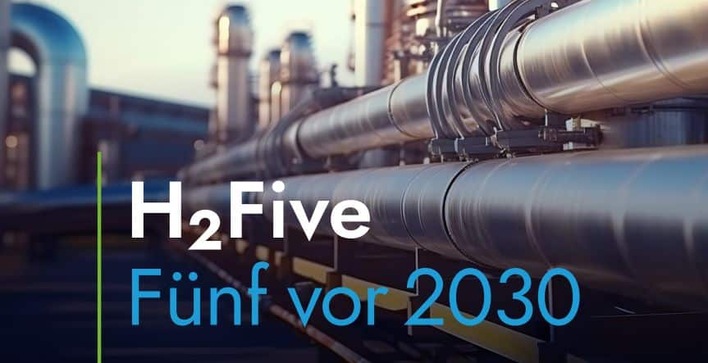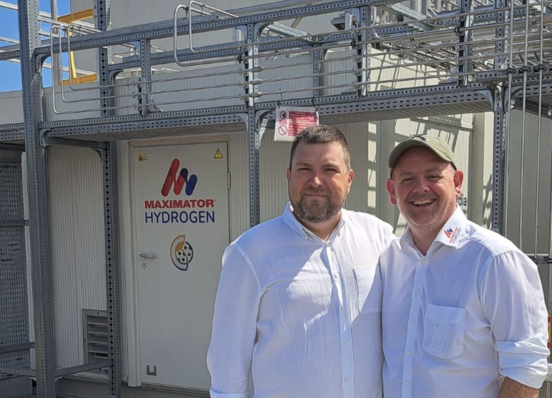The European hydrogen association Hydrogen Europe has released a new position paper. It is addressed to the European Commission, which plans to present its Sustainable Transport Investment Plan (STIP) in fall 2024. The aim of the plan is to pool investments in sustainable transport solutions. Hydrogen Europe sees this as a key opportunity to accelerate the market ramp-up of hydrogen in the transport sector.
The association emphasizes that the transport sector is responsible for around one quarter of greenhouse gas emissions in the EU. Hydrogen and its derivatives are particularly suitable for hard-to-electrify segments such as heavy-duty transport, aviation and shipping. However, in order to unlock this potential, targeted investments and long-term political support are needed.
Position paper includes eight recommendations for the STIP
Hydrogen Europe outlines eight key recommendations for shaping the STIP. These include:
- Prioritizing investments in sectors with binding quota regulations such as RED III, FuelEU Maritime and ReFuelEU Aviation.
- Introducing dedicated support mechanisms for shovel-ready projects as well as operational expenditure (OPEX) support.
- Creating EU-wide market intermediaries and pilot tenders for hydrogen fuels in aviation and shipping.
- Supporting the joint development of hydrogen vehicles and refueling infrastructure.
- Directing funding specifically to bunker hubs at key TEN-T ports.
- Enabling pilot projects for hydrogen-ready airports.
- Making the Innovation Fund more accessible for hydrogen projects in aviation and shipping.
- Reassessing the scope and duration of emissions trading certificates (EU ETS) for sustainable aviation fuels.
The association sees the STIP as a “critical opportunity” to translate political ambition into large-scale projects. Only through targeted support can hydrogen mobility become not only feasible, but also scalable.
Hydrogen Europe represents the interests of the European hydrogen industry in dealings with policymakers and the public. Its members include companies, research institutes and national associations across the entire hydrogen value chain.









